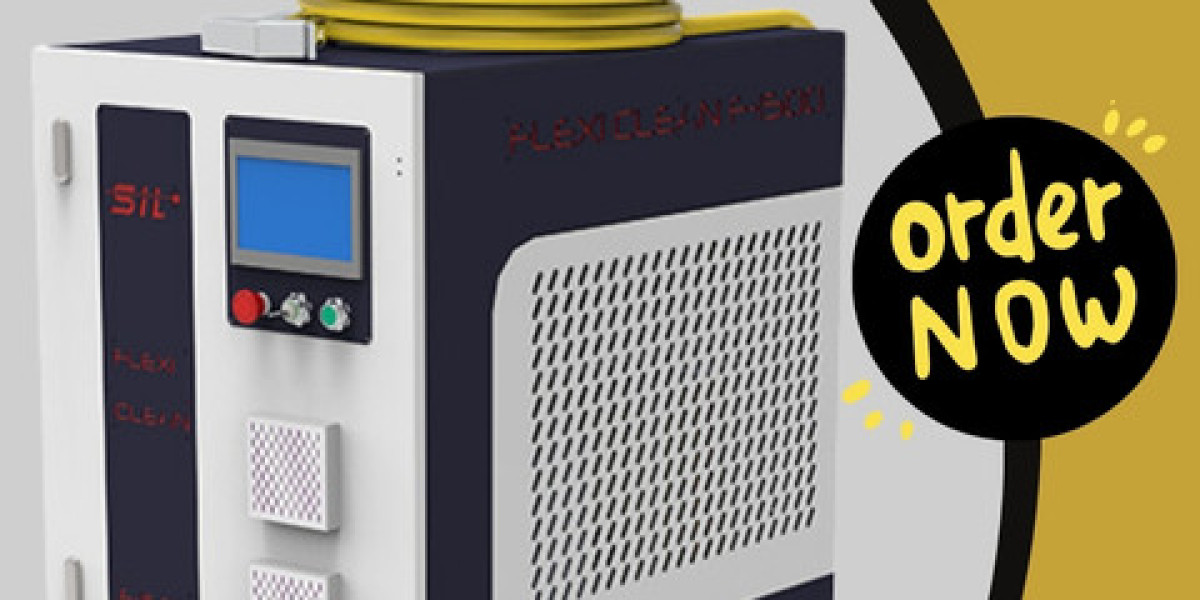In this article, we’ll explore the science, mechanisms, applications, and long-term impact of using a laser rust cleaner—unpacking the logic and utility behind this game-changing tool.
What Is a Laser Rust Cleaner?
A laser rust cleaner is a piece of precision equipment that uses high-intensity laser beams to remove rust, paint, oxides, and other unwanted surface contaminants. The laser beam, when directed at the corroded area, heats the rust layer so rapidly that it evaporates. This process is called laser ablation.
The equipment generally consists of a fiber laser source, a hand-held or robotic nozzle, a control system, and safety features like goggles and shielding. Depending on the laser’s power rating—typically ranging from 50W to over 2000W—the speed and depth of cleaning can be controlled with pinpoint accuracy.
Unlike physical abrasives or chemical solvents, the laser doesn’t physically contact the metal. This means less damage, less mess, and significantly reduced maintenance time.
How Does Laser Rust Removal Work?
The core principle behind a laser rust cleaner lies in selective material interaction. Different materials absorb laser energy differently based on their reflectivity and thermal conductivity. Rust, being an oxide, absorbs laser energy far more efficiently than the base metal beneath it.
Here's what happens step by step:
Targeting the Surface: The operator aims the laser beam at the rusted surface.
Absorption: The rust absorbs the laser's energy, heats up rapidly, and begins to disintegrate.
Ablation: The rust layer essentially evaporates or sublimates, leaving behind clean, bare metal.
Real-Time Monitoring: Many systems are equipped with sensors that automatically detect when the rust layer is fully removed, ensuring no harm to the base metal.
The process can be controlled for depth, speed, and intensity—making it ideal for delicate parts as well as large-scale machinery.
Where Is a Laser Rust Cleaner Most Effective?
The adaptability of a laser rust cleaner is one of its most compelling traits. It’s used in both precision industries and heavy-duty sectors. Some areas where it thrives:
Automotive Restoration: Perfect for removing corrosion from classic cars without damaging bodywork.
Aerospace: Used for degreasing and oxide removal without affecting the integrity of aircraft components.
Shipbuilding: Clears barnacles, salt rust, and coatings from massive steel hulls.
Military Equipment: Maintains tanks and weapons by removing rust without compromising structural strength.
Pipeline Maintenance: Cleans large sections of piping in the oil and gas industry with minimal downtime.
Its success across these sectors is rooted in consistency, control, and cleanliness—three things mechanical and chemical methods often struggle to guarantee.
Why Do Traditional Methods Often Fail?
Many rust removal methods are reactive rather than strategic. Sandblasting can degrade the base metal, leading to micro-damage. Chemical rust removers can be hazardous to both the user and the environment. Manual grinding or sanding is labor-intensive, inconsistent, and usually ineffective for complex geometries or internal surfaces.
Here’s why traditional methods often fall short:
Inconsistency: Manual work leads to uneven surfaces and incomplete rust removal.
Surface Damage: Abrasive methods can scar or pit the base material.
Chemical Hazards: Toxic solvents pose safety and disposal issues.
Downtime: Equipment often needs disassembly and reassembly.
Environmental Cost: Excessive dust, chemical runoff, and waste are common.
A laser rust cleaner avoids all of these pitfalls by offering a dry, contactless process with surgical precision.
The Science of Laser-Material Interaction
Understanding why a laser rust cleaner works so well starts with laser-material interaction science. When the laser beam strikes rust, it transfers photon energy directly into thermal energy. Rust, being less dense and less thermally conductive than metal, heats up far more quickly. This allows the rust to vaporize before the base metal reaches a critical temperature.
This selective heating is what sets laser cleaning apart. It’s a process that’s not only fast and clean but also inherently intelligent in how it treats different layers on a substrate.
Additionally, most high-end laser rust cleaners come with adjustable frequency and pulse duration. This means operators can tailor the beam’s effect to match the rust’s thickness, location, or composition, making it highly adaptive.
Long-Term Cost Efficiency and ROI
While the initial cost of a laser rust cleaner may appear high compared to traditional tools, the long-term return on investment is significantly better. The reduced need for consumables, less labor, lower operational risk, and almost zero post-cleaning treatment make it economically sound over time.
There’s no need to buy sand, chemicals, or abrasives repeatedly. There’s no mess to clean up. There’s no need for protective coatings to fix damaged surfaces. Everything adds up to long-term savings and operational reliability.
Moreover, downtime is one of the most expensive aspects of industrial maintenance. By enabling on-site, no-contact cleaning without disassembly, a laser rust cleaner minimizes downtime to a level unmatched by other tools.
Safety and Operator Control
Laser cleaning may sound hazardous, but in practice, it is among the safest high-tech tools when used correctly. With proper shielding, interlocks, and PPE, it ensures that the operator remains protected. Unlike chemicals that can splash, burn, or emit fumes, or abrasives that create clouds of dust, laser rust removal is a dry, emission-controlled process.
The high degree of operator control through software dashboards, hand-held interfaces, or robotic systems adds another layer of operational safety and quality assurance.
Emerging Role in Automation and Industry 4.0
Modern laser rust cleaner models are compatible with Industry 4.0 protocols, meaning they can be integrated into robotic arms, conveyor systems, and smart factory ecosystems. Automated laser cleaning units are already being deployed in assembly lines, aerospace hangars, and naval yards.
This trend is not slowing down. As more industries pursue automation for higher throughput and tighter quality control, laser-based cleaning systems are becoming essential assets.
Environmental Alignment and Regulatory Acceptance
One of the strongest cases for using a laser rust cleaner is its compliance with environmental and workplace safety regulations. Since it doesn’t involve consumable chemicals or generate micro-particles in the air, it meets or exceeds most global environmental standards.
Industries seeking ISO 14001 or OSHA compliance find laser cleaning to be a natural choice that aligns with both operational goals and environmental stewardship.
Final Thoughts
A laser rust cleaner is not just a new tool—it’s a new way of thinking about surface restoration and preservation. It combines physics, engineering, and industrial precision into one streamlined process that removes rust with surgical accuracy and no collateral damage. As industries evolve toward cleaner, smarter, and more efficient processes, laser rust cleaning stands out as a powerful solution that meets these modern demands.
Whether you're restoring a rare car, maintaining critical infrastructure, or optimizing manufacturing output, the laser rust cleaner continues to prove why it succeeds where others fall short. Its rise isn't just a trend—it's a shift in how we deal with corrosion in the 21st century.











